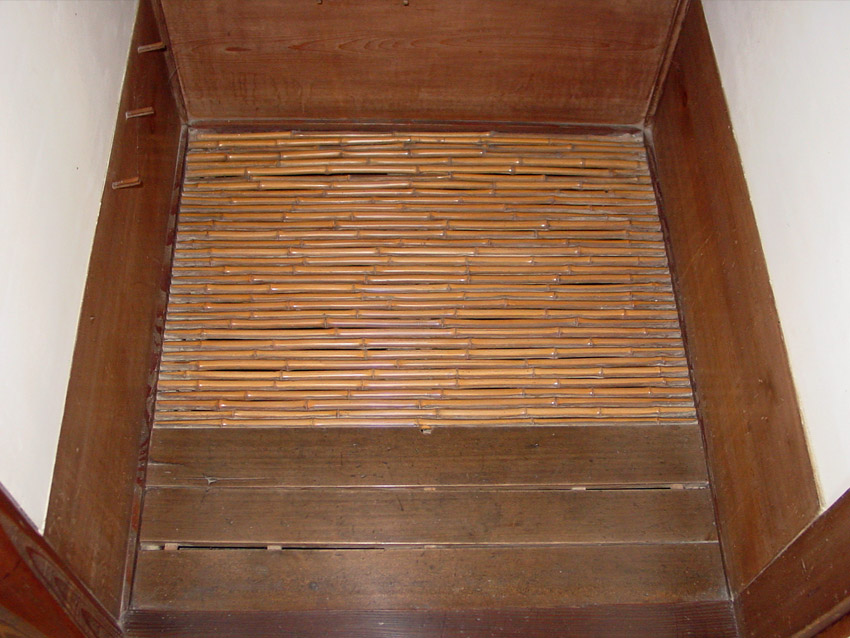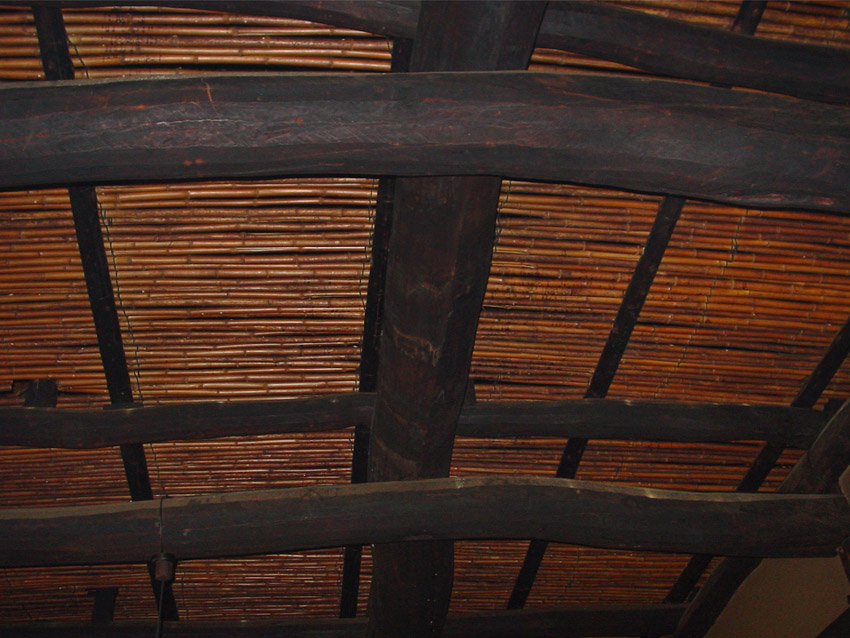|
||
 |
||

*mizuya
®FOld Andou À¡ house (Yamanashi)

sunoko
tenjou âÅqVäFOld Anzai À¼ house (Chiba)
@
(C)2001 Japanese Architecture and Art Net Users System.@No reproduction or republication without written permission.
fÚÌeLXgEÊ^ECXgÈÇASÄÌRec̳f¡»E]ÚðֶܷB

